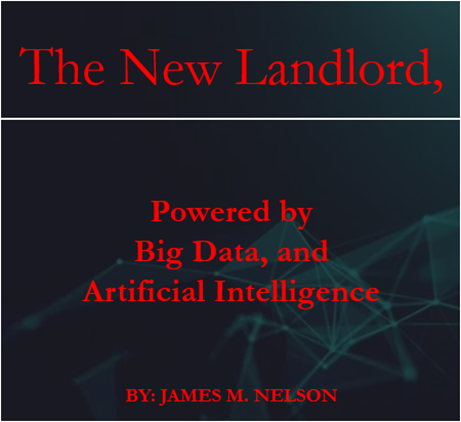I began my career in 1982 as a Federal Banking Regulator, trained to plan, execute and document large-scale audits and exams on various banking organizations. In 2010, I opened a boutique loan brokerage firm providing financing for projects, including large multifamily properties. However, by 2017 one thing had become apparent: the rental industry was being transformed, and quickly. After nearly forty years in banking and finance, I no longer recognized the industry. Buyers of apartment properties had changed their behaviors. For instance, their property acquisition goals were switched. Historically, the purchase price was the primary focus of buyers; now, its focus is on a property’s ability to increase rents indiscriminately.
The Multifamily rental market in metropolitan areas has experienced a dramatic surge in prices over the past decade. Many casual observers believe the cause of this surge in rental rates is the rapid influx of new residents in urban areas. Others believe its related to the affordable housing shortage of seven million units. Just a simple supply and demand logic: demand went up, and supply did not rise with it, leading to skyrocketing rental rates.
For example, in Metro Seattle in 2015, over 35,000 people became homeless for the first time, and Seattle declared a state of emergency over the exploding homelessness crisis. See Declaration. But the crisis isn’t limited to Seattle; ten other large metros also filed similar states of emergency in the same period---43% of Americans—nearly 51 million households—can no longer afford the cost of housing.
In contrast, however, in 2018, Fannie Mae, Freddie Mac, and the Federal Housing Administration underwrite and guarantee a record high $7 trillion in mortgage-related debt, a third more than before the 2008 housing crisis. However, logic poses a fundamental question, how can there be such a shortage of affordable housing when we, as taxpayers, guarantee more housing debt than ever before in our history? I wanted to know why.
However, to assess monopolistic activities in an industry, the Courts require a multi-step fact-specific assessment to assess market power, market structure, and its actual effect on competition—especially its capacity to reduce output and increase prices. Therefore, in 2018, I took early retirement and closed my brokerage business in southern California; we sold our home, packed our belongings, and embarked on a journey to Seattle, Washington, to conduct research. It's one of the most rent-impacted areas of the country.
However, in America today, billions of tax-free dollars have been invested in some 2,000 active ‘think tanks.’ Their goals are aimed at controlling our political agenda. About two-thirds of them serve the wealthiest of us, seeking to grant them enormous power over our economy and our personal lives. Therefore, I wanted to provide an independently developed and structured economic study in the rental housing industry. Thus, I haven’t accepted any remuneration from outside sources to remain independent.
The New Landlord focuses on the housing industry's property management segment---The Property Managers. Therefore, six studies were conducted to fulfill the Court's requirements of a multi-step fact-specific assessment. The broad research provided a clearer picture of what is happening in the markets and the industry and how the various segments interact to create our current affordable-housing crises. The six studies outlined below were planned and executed. Footnotes provide additional context and information.
The findings of this research were shared with Heather Vogell, a reporter at ProPublica, to break the story. It was also shared with the legal firm Justice Catalyst Law which filed the lawsuits against RealPage
